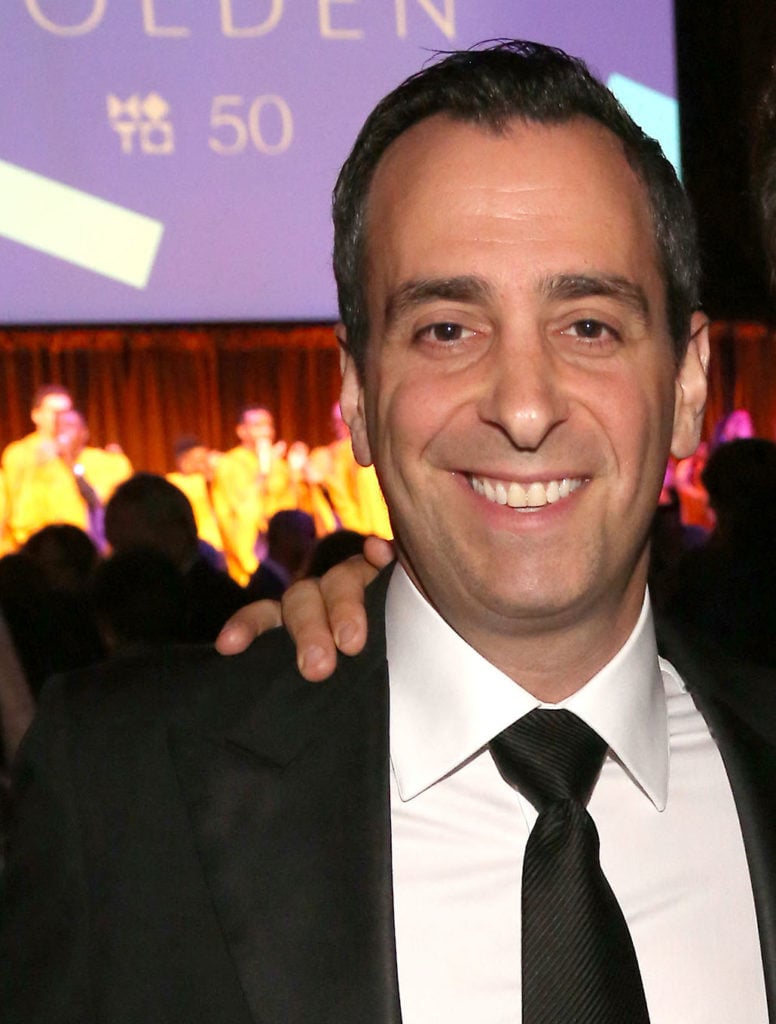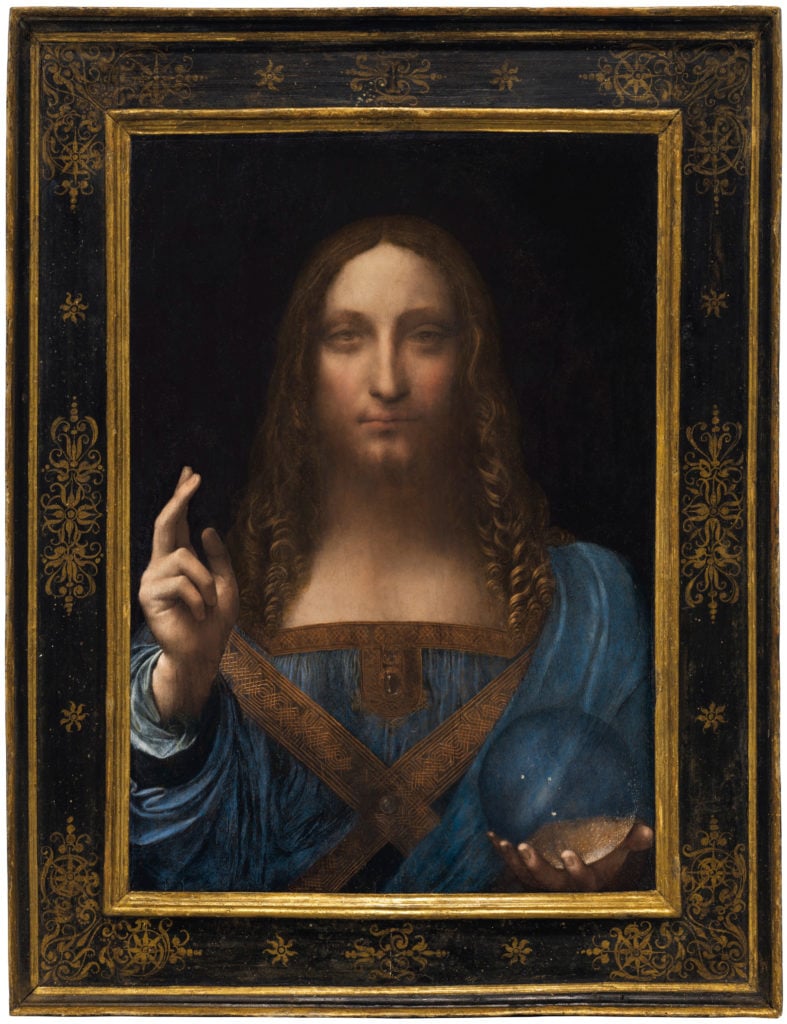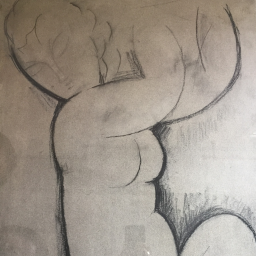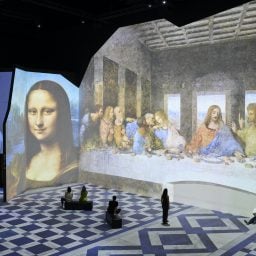The litigation that has gripped the art world in recent weeks, despite its at times glacial pace, this week saw two key witnesses outline exactly how deals for some of the most expensive artworks ever to trade hands allegedly went down.
The trial is now in its third week, and details of key meetings have been repeatedly pored over by attorneys for both sides as they hammer a parade of witnesses about the particulars of a flood of emails, letters, and other documents in an effort to parse what roles and responsibilities—not to mention potential liabilities—individual players may have.
Amid the often tedious details, the string of witnesses that include many current or former of Sotheby’s top brass, along with some of the art world’s top advisors and power players, continue to divulge revealing details about the inner workings of the elite art world.
Samuel Valette, Sotheby’s senior vice president, vice chairman, and head of private sales for Europe, the Middle East, and Africa, wrapped his testimony yesterday (January 23) after a marathon five-day run on the witness stand, during which he remained calm and composed but relayed colorful details about the 2013 transfer of Leonardo da Vinci’s Salvator Mundi (1500).

Dealer Warren Adelson became partners with Robert Simon and Alexander Parrish and arranged the sale of the Salvator Mundi to Yves Bouvier. Film still from The Lost Leonardo. Photo courtesy of Sony Pictures.
Sotheby’s helped broker the private sale of the work between the three American dealers who owned the painting (having discovered and restored it after buying it at auction for a few thousand dollars), and Jean-Marc Peretti, a dealer who worked closely with Bouvier.
At a dinner in Paris at the Bristol Hotel, Valette was joined by American art dealer Warren Adelson, who had invested in the painting; Adelson’s wife; Peretti; and eventually Alexander Bell, Sotheby’s chairman for U.K. and Ireland and worldwide co-chairman of Old Master paintings. There Valette and Adelson arrived at a price of $83 million for the Salvator Mundi, after a negotiation Valette said “was quite brutal, quite tough.” The final sum included $68 million in cash, $12 million in trade for a Picasso painting valued at $12 million titled Le Fumeur (The Smoker), and a $3 million commission for Sotheby’s.
Of course, it was the mark-up in the next sale, when Bouvier turned around and quickly sold the work to Rybolovlev for $127 million, that eventually sparked the Russian billionaire’s fraud claims.
Valette was also asked about code names used in emails for two of the major deals under scrutiny in the case. For Gustav Klimt’s Wasserschlangen II (Water Snakes II), it was “Cottonmouth,” referring to the type of snake. Less clear was the reason for the code name for Salvator Mundi: “Jack.” Asked why, Valette shrugged and admitted he didn’t know.
Yesterday, another key player in the narrative, art advisor Sanford “Sandy” Heller, took the stand, and shared more detail about how Bouvier’s wheeling and dealing eventually came to Rybolovlev’s attention, and the role Heller played in that. It happened over over a casual, chance-meeting at a lunch at the Eden Rock Hotel in St. Barts in late 2014.
Heller, who was on holiday with his family at the time, was invited to lunch with a client who also happened to be a friend of Rybolovlev. Heller, who does not speak Russian, said Rybolovlev’s girlfriend at the time served as translator. Attorneys have repeatedly zeroed in on what language was spoken and by who throughout the case, given that Bouvier spoke French and Rybolovlev spoke Russian.
Asked about the lunch conversation, he recounted: “Niceties at first, but I’m pretty much of a one-track mind when I meet a very big collector. And I think I congratulated him on an acquisition of a painting that I knew him to be the buyer.”
The painting in question was Amedeo Modigliani’s Reclining Nude On a Blue Cushion. Asked how he knew Rybolovlev was the buyer, Heller called it “a hunch,” adding that “there was chatter in the market.” Heller said Rybolovlev was interested that he was on the “the other side” of the transaction. Heller acts as advisor to hedge fund manager and New York Mets owner Steve Cohen, who sold the painting. “I believe at the time I told [Rybolovlev] a price, but wanted to confirm the exact number.”
As Rybolovlev, and the art world at large, learned later on, Cohen’s team sold the Modigliani to Bouvier for $93 million, who flipped it to Rybolovlev for $118 million shortly thereafter.
Heller said Rybolovlev was “very surprised,” during the lunch, and immediately got up from the table to make a call. Though he described the rest of the outing as “a blur,” he and Rybolovlev met again the next day.

Sandy Heller. Photo by Sylvain Gaboury ©Patrick McMullan.
The following day, Rybolovlev wanted to know what Heller thought about artworks he had acquired, according to Heller’s testimony. “He proceeded to show me in a dizzying speed the artworks on his iPhone, scrolling through image after image…I was doing my best to keep up, to be honest. But assessing the quality while considering the value.” Asked about his impression of the collection, Heller said “there were a few absolute masterpieces. But the majority was average, maybe average to pretty good.”
This could not have sat well with a billionaire who had dropped $2 billion on more than three-dozen works that he thought represented fine art at its pinnacle. Heller asked Rybolovlev who he was working with and was told “the most important man in the art world.” He asked who that was, was told Bouvier’s name, and replied “Who? I’ve never heard of the man,” Heller said.
Representatives for Bouvier said the “allegations being made against Mr. Bouvier in the New York proceedings have already been rejected by authorities all around the world,” in a statement to Artnet News. Bouvier was “was a seller and not an art adviser,” a fact that was “was not contradicted by a single judicial authority during nine years of legal fight in five different countries,” it reads.
Daniel Kornstein, attorney for Rybolovlev said in a statement: “Today we heard more testimony about Sotheby’s lack of transparency. Samuel Valette, a Sotheby’s salesman, testified that—although he represented both buyer and seller in some transactions—he did not give the sellers the same high estimates of the works that he sent to the buyers. Mr. Valette also admitted he knew Mr. Rybolovlev could be the buyer of both the Water Snakes II and the Salvator Mundi, despite Sotheby’s later misrepresenting the buyer was Mr. Valette’s immediate contact who would be prepared to loan the works back to public institutions. And Mr. Valette conceded that he did not perform even the most basic check to establish the ownership of the Tete in 2014, before Sotheby’s sold it at auction.”
Sotheby’s a statement saying: “Information provided to the media by the Plaintiff’s lawyer is plain wrong, largely misrepresents the facts, and is misleading the public about the accepted practices of auction houses and the art market in an effort to disguise the mismanagement and lack of oversight Mr. Rybolovlev attended to his art transactions for years. Plaintiff’s claims are not supported by any evidence shown in court, and Sotheby’s had no knowledge about any alleged misrepresentations that Mr. Bouvier made to Mr. Rybolovlev or to anyone else about these artworks. From the outset, it has been crystal clear this case is nothing more than wishful thinking, and Plaintiff’s attempts to say otherwise are only a smokescreen to protect the reputation of the Plaintiff at the expense of the truth.”
The trial is expected to run into early- to mid-February.











